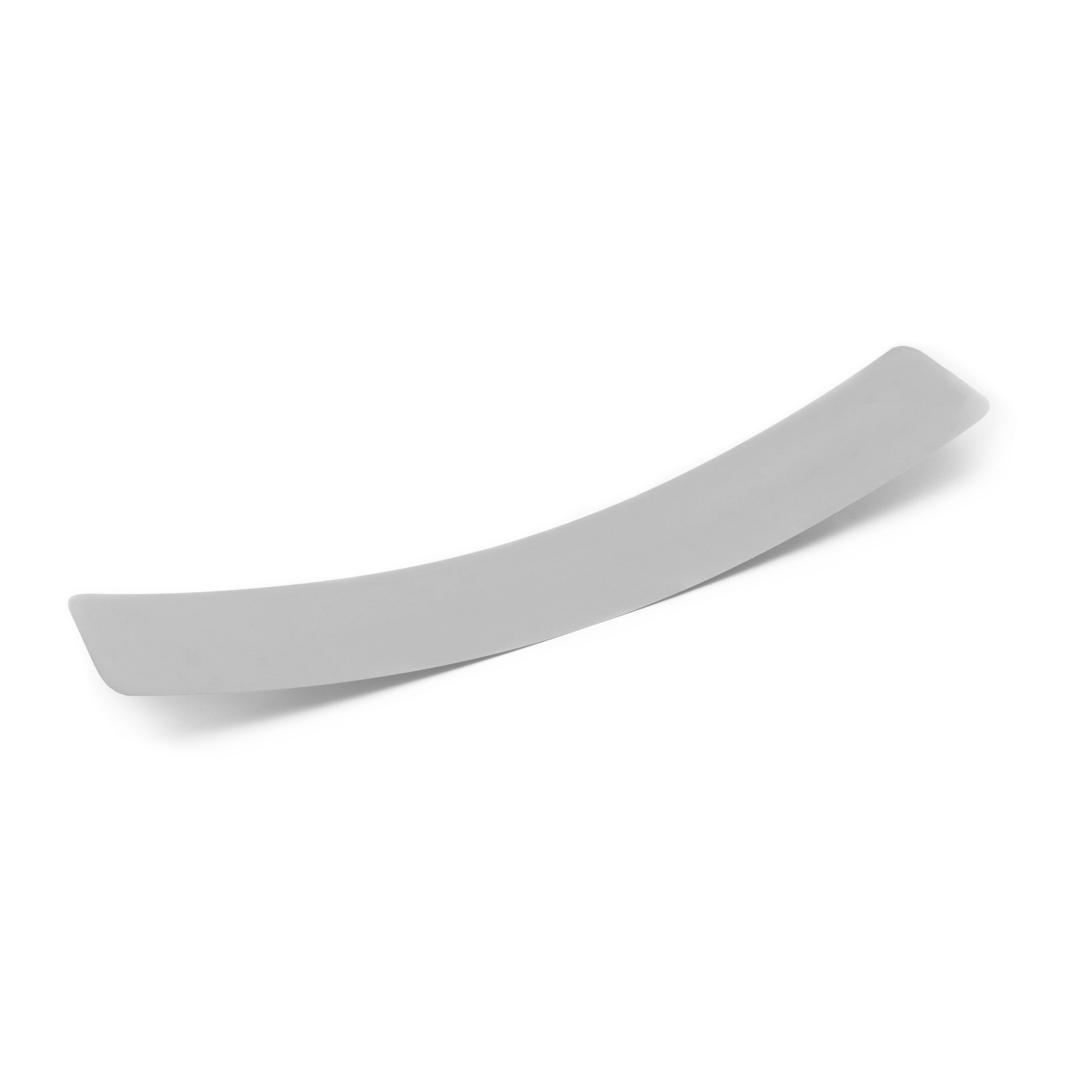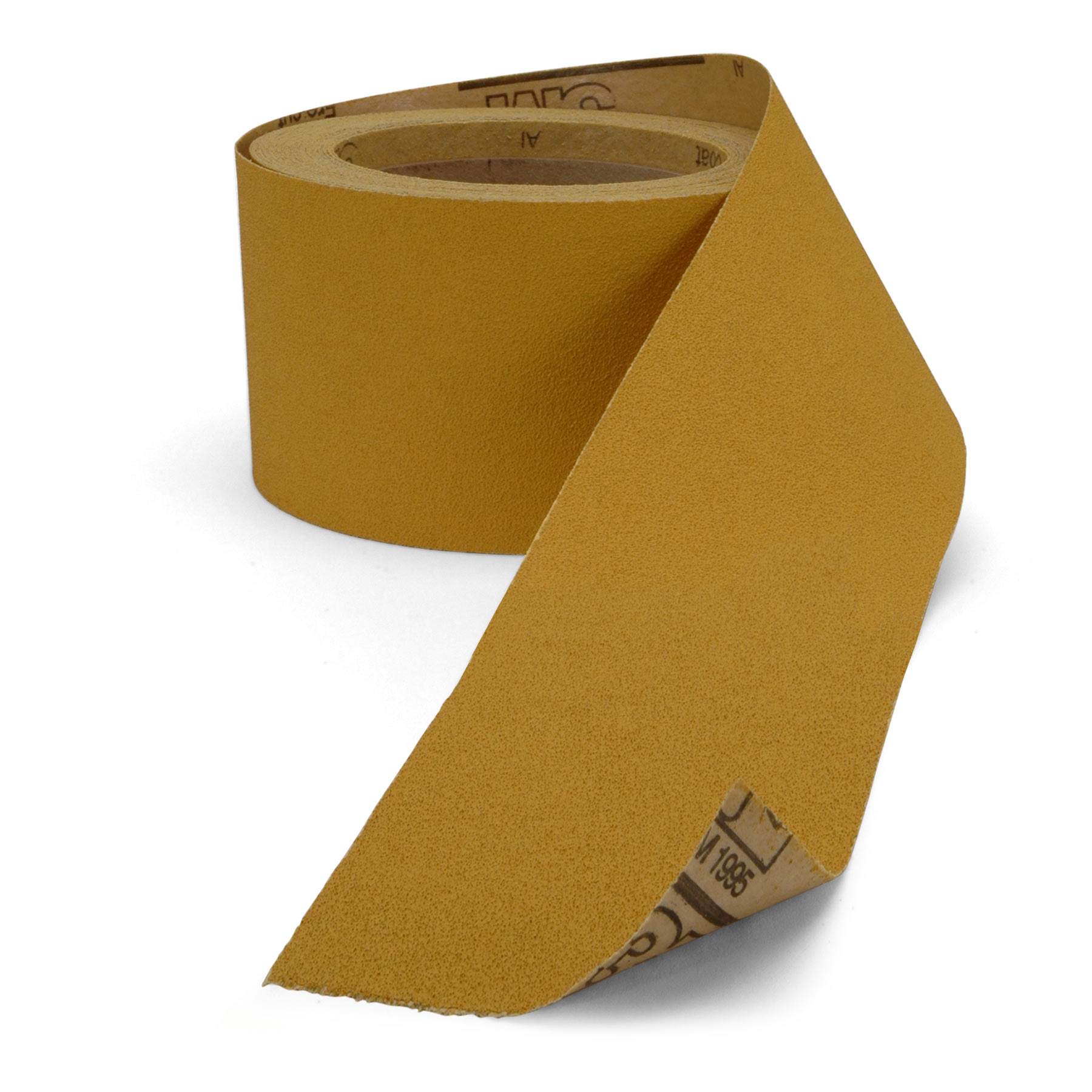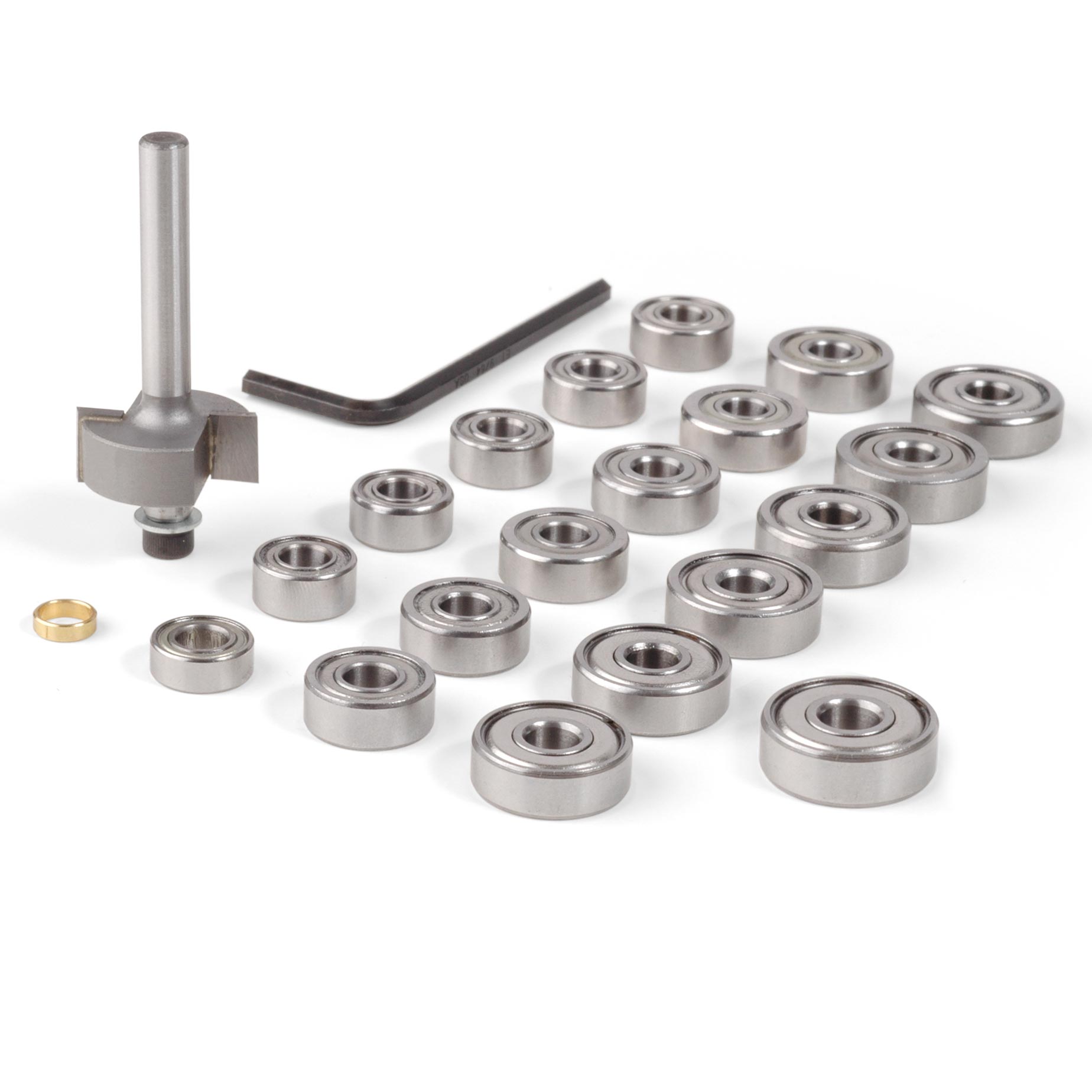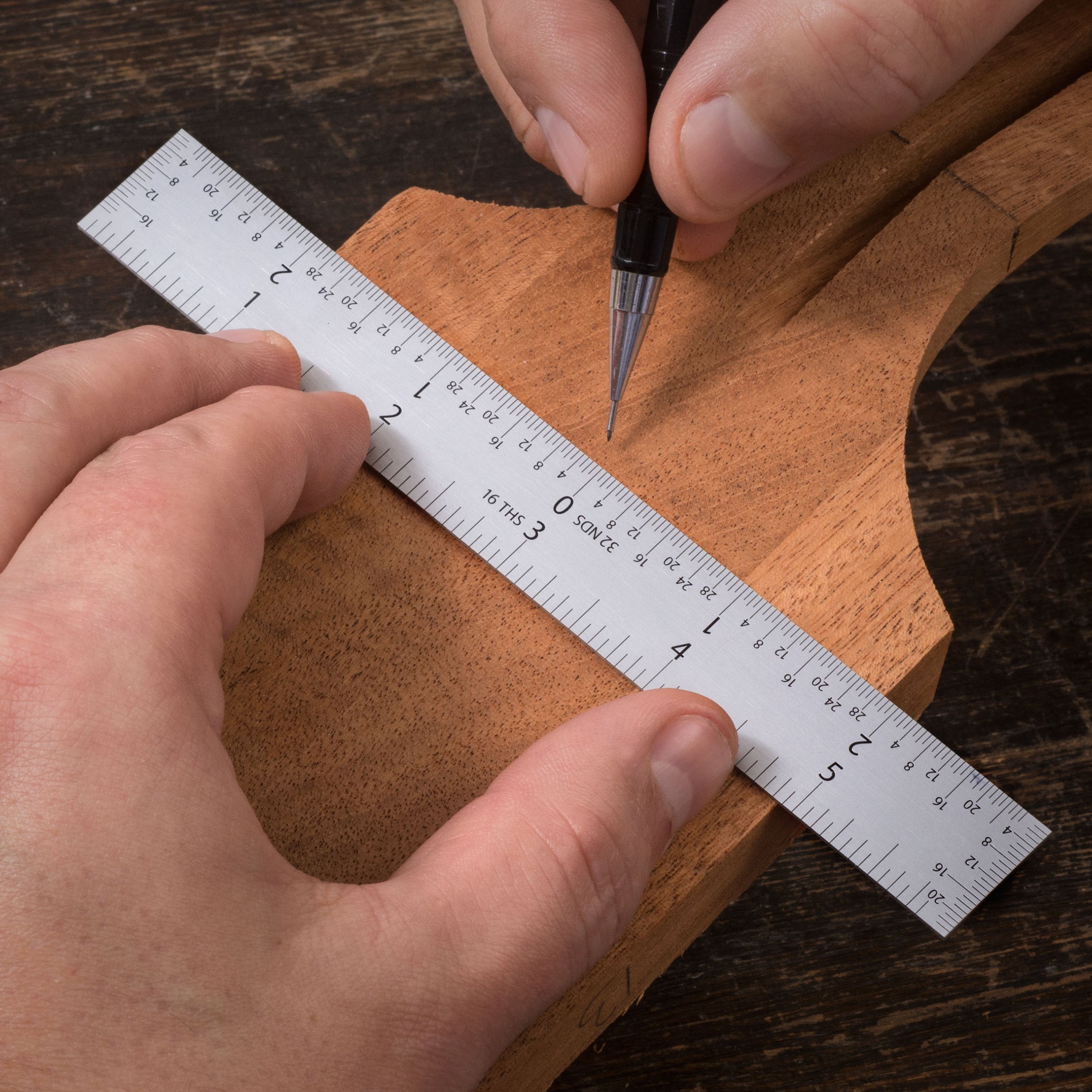Michael Greenfield shows how to sand guitar bodies
Michael Greenfield of Greenfield Guitars explains clearly why it's critical to have properly shaped and sanded guitar bodies before you rout them for binding. Michael shared this great Trade Secret with us during the 2013 Northwoods Seminar last August.
- A tip from one of the world's finest guitar builders
- A simple tool adapted from the Collings Guitars factory
- Spring steel follows the contours of the guitar body
- Sighting with a straightedge to check for flatness
Video Transcription
[on-screen text reads: Michael Greenfield - Greenfield Guitars, Montreal]
Sanding truly flat sides
Michael Greenfield: Great finish work is about preparing the wood, getting surfaces flat in preparation for finish. If you go to a guitar show or even a music store and you look down a row of guitars at the reflected light, if you see a wavy line, you know that those sides are all lumpy.
The challenge
One of the challenges has been how to establish flat sides, and the other thing that I'm always addressing is how do I establish round sides to prepare the guitar for binding?
When you go to route your binding channels, regardless of the system that you use, there is some kind of a bearing that's going to follow the edge of the guitar. It's going to read that surface and it's going to transfer that into your binding and your purfling ledges. Because the bearing is so small, if there's lumpiness, it's going to transfer that lumpiness into your binding channel.
If you want great looking binding, you need a perfectly round channel. So the challenge is how to get your sides round and how to get them flat from side to side.
How to get perfectly flat sides
I got an idea from Bill Collings. I saw in his factory, he has these big pieces of some kind of plastic, four or five inches across, and he cut a series of curves in them all the way through. Now he has this really massive, rigid flat piece of plastic that he can bend and he just sticks some abrasive, some PSA abrasive to the bottom of it and away you go.
I had the idea to take this little piece of spring steel. This is just plain shim stock, and on one side I have 80 Grit Sandpaper and on the other side I have 120 Grit Sandpaper and spring steel will do that and it always goes back to zero. That's a perfect arc, regardless of the shape that you make, it'll follow your cutaways.
When I lay this across a guitar, it's going to ignore all the low spots and it's going to knock down my high spots and I'll stick this to the vacuum check. I also use a troji, which is a body vice. Many people have body vices against their bench. While something is holding the guitar body for me, I'll take my hands and I'll carefully run them over the guitar sides. I'll turn the guitar, keep running them over through the waist, and you'll very quickly learn how to feel all those little lumps and anomaly in the side.
As I'm doing it, I'm making a mental map of where those weirdnesses are so that I can work on them a little bit later with this tool.
This particular piece of spring steel is 20 thousandths thick. I have another piece back in my shop that's eight thousandths of the same material and it will form a tighter curve and that's what I use to get in the waist. This one won't necessarily get in the waist properly, so it makes doing these concave curves much easier. The 20 thousandths one is awesome for these outside curves because it really stays flat.
The other thing that I'll do is I'll hold the body up against the light source, with the light source being over there and I'll take a straightedge [on-screen text reads: High-quality steel rule - StewMac 6" Steel Rule] and look at the light source under the straightedge looking for the light and I'll see if there are any cups or if there are any bows in the side. Within reason, I can take them out. I mean, if you have a 40 thousandths bow, you're going to remove most of your side. You can end up sanding through and that would be bad, so then you have to figure out another way to deal with the problem.
It's amazing, you can get your sides pretty much dead flat. Then when it comes time to finish later on, you've just made your whole job much, much easier. You're not going to sand through, you're not going to burn through on the edges. You can just spray finish on and sand and you'll be fine.




